Personal training & Fitness Blog
Welcome to my Personal Training & Fitness Blog, your go-to destination for all things health, wellness, and fitness! Whether you're a seasoned fitness enthusiast or just starting your wellness journey, this blog is designed to inspire, educate, and motivate you to reach your personal best.

How I fixed my own Costochondritis
Overcoming Costochondritis: My Journey to Pain Relief and Empowerment
Hi!
I'm George and welcome to my blog! If you're looking for the specific exercises I used to fix my costochondritis pain, please scroll below to Recommended Exercises.
If you'd like to learn more about the 'problem' I used to have and my story on the topic, please keep reading.
Introduction:
As a rugby player and fitness enthusiast, I never imagined that a sudden onset of chest pain would derail my active lifestyle. However, when I was 22, I found myself facing excruciating rib pain and inflammation, leading to a diagnosis of Costochondritis. This blog post recounts my journey from fear and confusion to empowerment and pain relief.
Background Story: A Painful Diagnosis
The efficient response of the NHS to my chest pain concerns landed me in a doctor's office within minutes (Surprising, I know). Despite the swift attention, the diagnosis of Costochondritis left me stunned and uncertain about my future. Why me? When you're diagnosed with the condition, that's it. All you can do is wait for the mysterious pain to go away. The standard treatment options offered little solace. If you google Costochondritis, the NHS's defines it as an inflammation of the cartilage that connects a rib to the breastbone (sternum). Pain caused by Costochondritis might mimic that of a heart attack or other heart conditions. The NHS recommends the following:
''Painkillers that help with inflammation, like ibuprofen, may be recommended to help with the pain. If you have very bad pain that does not get better over time, you may be offered a steroid injection to help reduce inflammation or local anaesthetic to ease the pain.''
The problem with this is that it does not address the root cause.
Well George, what is the root cause?
Understanding the root cause through extensive research and personal exploration, I discovered that Costochondritis wasn't an untreatable mystery but rather a result of poor thoracic mobility and muscle tightness. Learning from individuals like Steve August, creator of the Backpod, who had overcome similar challenges, I realized that addressing postural issues was key to finding relief.
Let's face it, if you're reading this, I can almost guarantee you 1) Spend a lot of time working at a desk or looking down at your phone 2) You have some significant muscle imbalances and 3) You don't do enough mobility/stretching.
How I attacked it:
For anyone facing Costochondritis or similar conditions, I offer practical advice gleaned from my journey. Step one is to target exercises to improve thoracic mobility and alleviate muscle tightness. I would recommend the Backpod, but I did not even use it myself, I used a normal foam roller to extend my thoracic and upper back over, which was very painful. This took weeks of regular stretching.
Recommended Products
1) I invite readers to explore the link provided to learn more about the Backpod and its potential to transform their own journeys with Costochondritis. It's definitely something that would've made my life easier at the time, but it was quite expensive for a student.
2) You will absolutely need a foam roller, or something that you can extend your thoracic spine over on a regular basis.
3) Resistance Bands are not necessary but this is a great option for some exercises below if you don't have access to a gym.
Recommended Exercises
Here's a summary of what worked for me:
First two months -
Upper side lying thoracic twists - 2 Sets of 10. Ensure when doing these that your top knee does not move, to reflect the accurate mobility of your T-Spine.
Thoracic Extensions, over a foam roller - 2 sets of 10.
These two exercises are your staple and should be done as many times throughout the day as you can manage.
If Thoracic Extensions are too painful, you can try it gently on a chair and focus on deep breaths into your ribcage/diaphragm.
After the pain begins to subside, it's time to begin strengthening your back and postural muscles to hold your body in better postural alignment.
Once pain becomes manageable, I recommend the Trap 3 raise.
Additionally, you should be strengthening your upper back with face pulls.
There's a myriad of exercises you could be doing to address this issue, but everyone is different. Everyone has different tightness levels on various different muscle groups, different muscle length discrepancies and different body mechanics. These exercises may not work for you, but they worked for me, and I continue to live Costo-free. Occasionally I do get a small flare up (Once or twice a year), especially if I have been on a gaming-binge session where I've been staring at a PC screen for 8+ hours. It's always a strong sign to stretch.
Conclusion: From Pain to Empowerment
In hindsight, there's no surprise I had this kind of inflammation when I spent all my time either hunched over a desk studying or playing video games in between the gym. If you don't move it, you really do lose it. In this instance it meant losing the right to move pain free. Costochondritis was more than a struggle with physical pain—it was a journey of self-discovery and empowerment. By understanding the root cause of my condition and taking proactive steps to address it, I found relief and renewed vitality. My hope is that by sharing my story, others facing similar challenges will find inspiration and practical guidance to embark on their own paths to healing.


